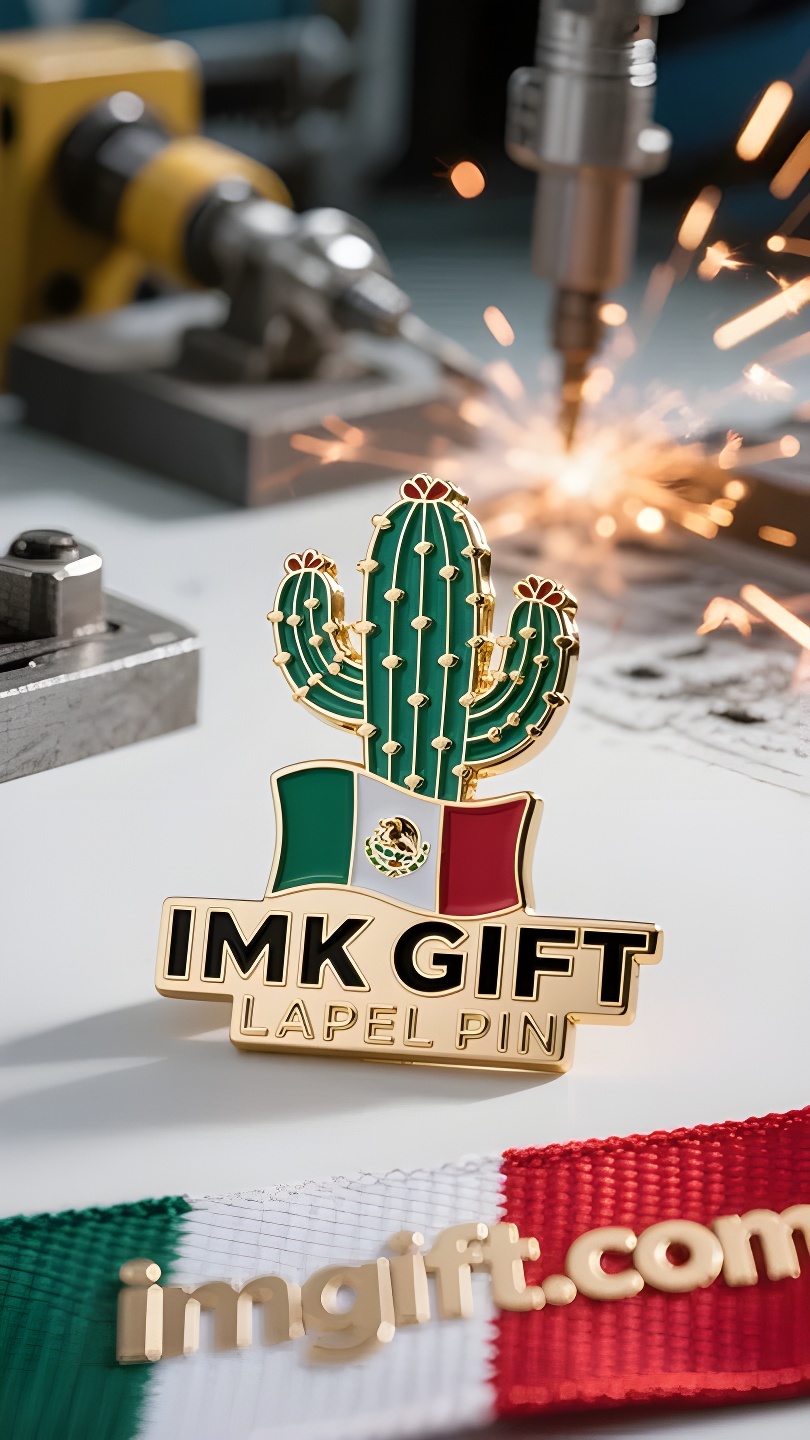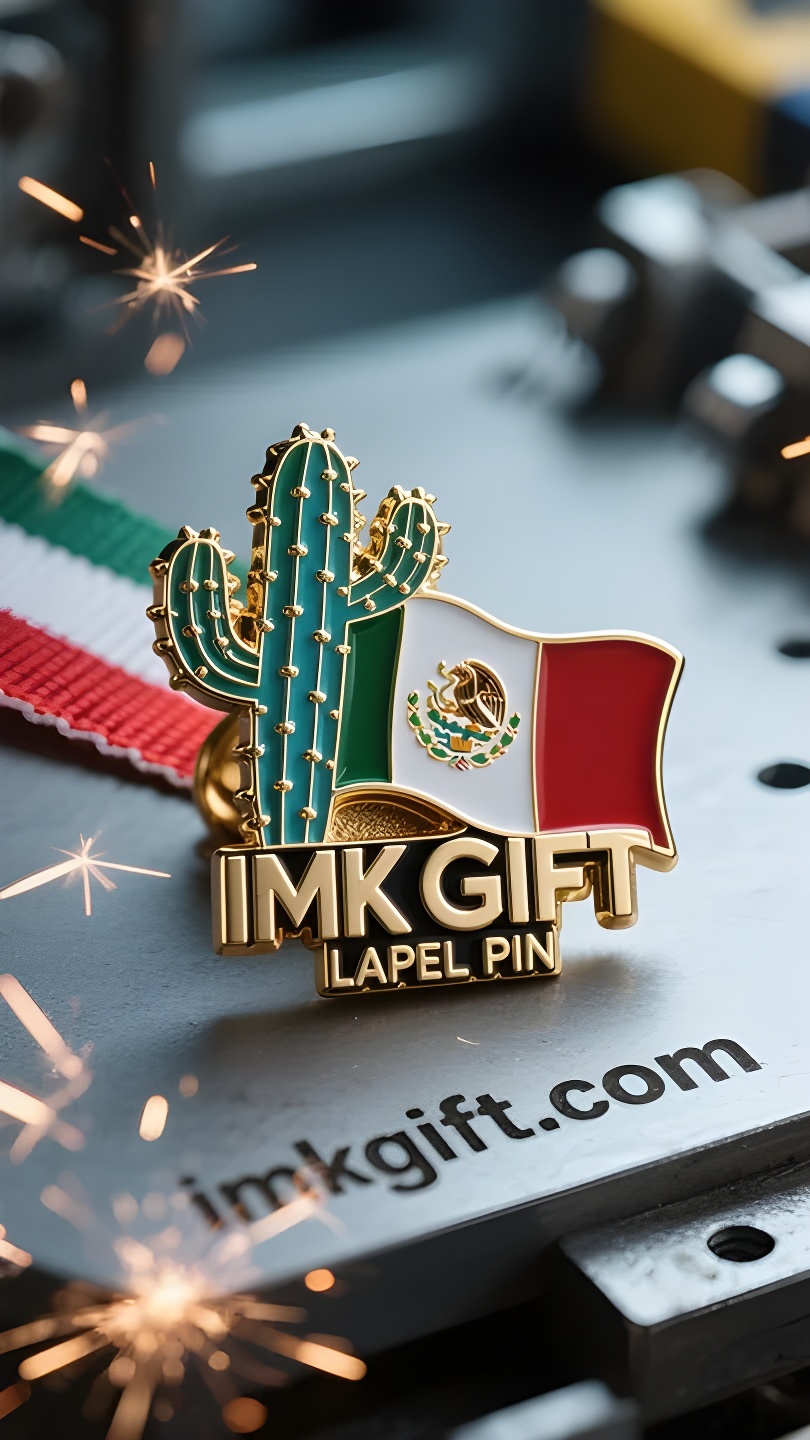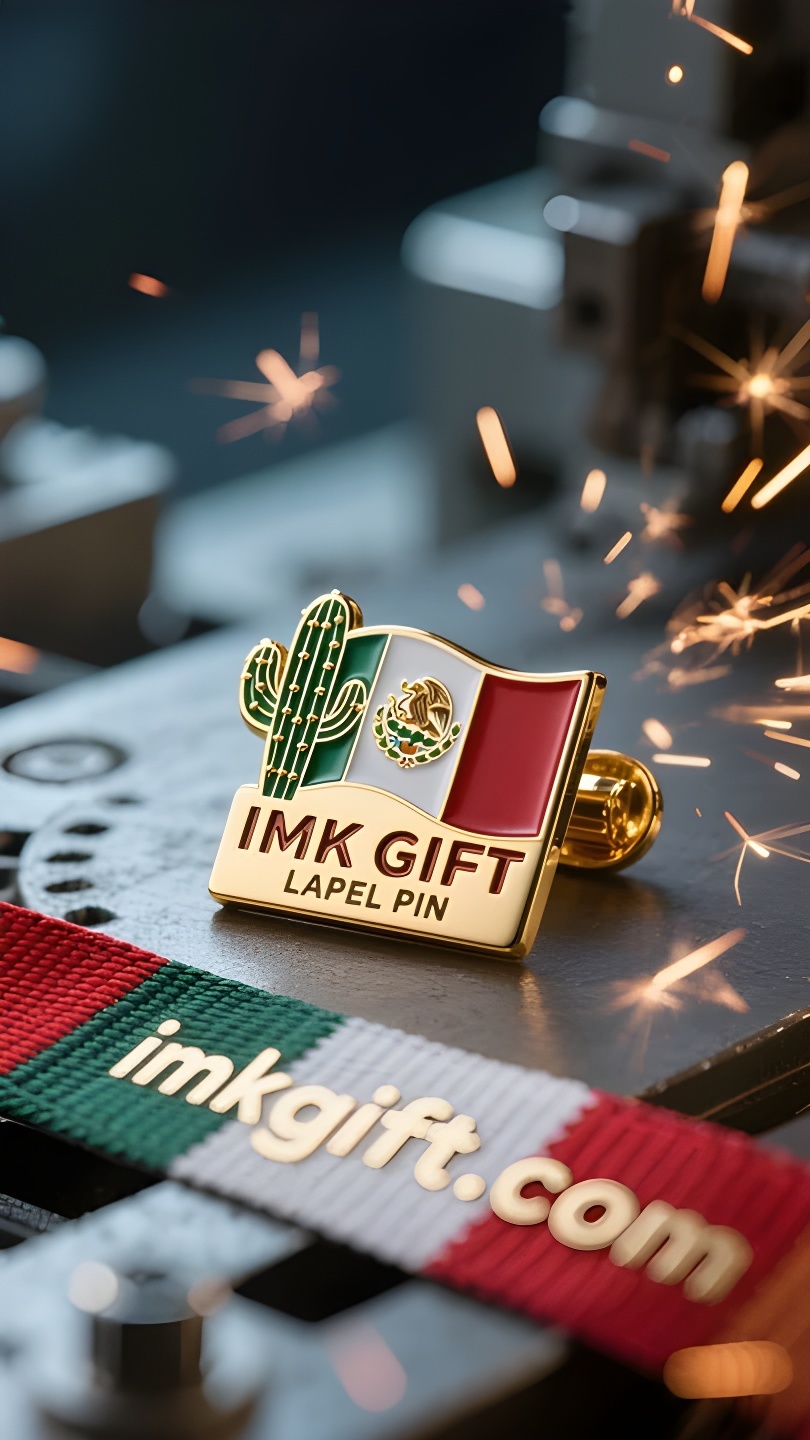in981-Donde-el-águila-extiende-sus-alas-La-primavera-florece-entre-las-espinas
▼
En septiembre, la Ciudad de México resonó con los vítores del Día de la Independencia. Mientras la bandera tricolor ondeaba en el viento, la insignia grabada con un águila y un cactus hablaba de la fuerza más profunda de esta nación. En el escudo nacional mexicano, un águila se encuentra entre cactus y muerde una serpiente venenosa. No es sólo una leyenda sobre los ancestros aztecas que construyeron su capital, sino también un himno a la vida que trasciende el tiempo y el espacio. Las raíces del cactus pueden absorber agua de las grietas de las rocas y sus hojas se degeneran en espinas para resistir el sol abrasador y la sequía. Esta sabiduría de supervivencia es como la tenacidad de los mexicanos frente a la opresión colonial. El grupo de cactus en el emblema nacional simboliza el coraje de una nación para echar raíces en el suelo más pobre: incluso si las ramas se rompen por las tormentas de la historia, nuevos brotes aún pueden brotar en los extremos rotos. El águila con las alas abiertas no sólo representa las garras que destrozan el destino, sino que también representa la trascendencia sin fin: cuando desgarra la garganta de la serpiente venenosa, declara la ley eterna de que la luz eventualmente derrotará a la oscuridad. Los mexicanos de hoy todavía practican esta filosofía de la insignia. Así como el color verde de la bandera nacional simboliza la esperanza, el blanco representa la unidad y el color rojo representa la sangre, el cactus les enseña a mantener la resiliencia cultural en la marea de la globalización y el águila les da el coraje para enfrentar la violencia del narcotráfico. Cuando los jóvenes estudiantes miran la bandera nacional en la Plaza de la Constitución, lo que ven no es sólo tela y color, sino una corona de laurel tejida con espinas por sus antepasados y un manantial regado con heridas. Este septiembre, deja que las espinas del cactus corten la confusión y que las alas del águila aviven tus ideales. Toda alma que crece en la adversidad debe recordar: las flores más hermosas siempre florecen en las espinas más obstinadas.
In September, Mexico City resounded with cheers for Independence Day. When the tricolor flag was unfurled in the wind, the emblem engraved with an eagle and a cactus was telling the deepest strength of this nation. On the Mexican national emblem, the totem of an eagle standing in a cactus bush biting a poisonous snake is not only a legend of the Aztec ancestors building the capital, but also a hymn of life that transcends time and space. The roots of the cactus can absorb water from the cracks in the rocks, and its leaves degenerate into thorns to resist the scorching sun and drought. This survival wisdom is just like the tenacity of the Mexicans in the face of colonial oppression. The cactus bush in the national emblem symbolizes the courage of a nation to take root in the poorest soil – even if the branches are broken by the storms of history, new buds can still sprout at the break. And the eagle with its wings spread is not only the claws that shatter fate, but also represents the never-ending transcendence: when it tears open the throat of the poisonous snake, it is announcing the eternal law that light will eventually defeat darkness. Today, Mexicans are still practicing this emblem philosophy. Just as the green symbolizes hope, the white represents unity, and the red symbolizes passion, the cactus teaches them to maintain cultural resilience in the tide of globalization, and the eagle gives them the courage to face drug violence. When young students look up at the national flag in Constitution Square, they see not only fabrics and colors, but also the laurel wreath woven with thorns by their ancestors, and the spring watered with wounds. This September, let the thorns of the cactus cut through the confusion, and let the wings of the eagle fan the ideal. Every soul that grows in adversity should remember: the most gorgeous flowers always bloom on the most stubborn thorns.
九月的墨西哥城回荡着独立日的欢呼,当三色旗在风中舒展时,那枚镌刻着雄鹰与仙人掌的徽章正诉说着这个民族最深沉的力量。墨西哥国徽上,雄鹰立于仙人掌丛中撕咬毒蛇的图腾,不仅是阿兹特克先祖建都的传说,更是一曲穿越时空的生命赞歌。
仙人掌的根系能在岩石缝隙中汲取水分,其叶片退化成刺以对抗烈日与干旱,这种生存智慧恰如墨西哥人面对殖民压迫时的坚韧。国徽中的仙人掌丛象征着一个民族在最贫瘠的土壤里扎根的勇气——即便被历史的风暴摧折枝干,依然能在断口处萌发新芽。而那展翅的雄鹰,不仅是击碎宿命的利爪,更代表着永不停歇的超越:当它撕开毒蛇的咽喉,正是宣告着光明终将战胜黑暗的永恒定律。
今天的墨西哥人依然在践行这份徽章哲学。正如国旗上绿色象征的希望、白色代表的团结、红色浸染的热血,仙人掌教会他们在全球化浪潮中保持文化韧性,雄鹰赋予他们直面毒品暴力的果敢。当年轻学子在宪法广场仰望国旗时,他们看见的不只是织物与色彩,而是祖辈用荆棘编织的桂冠,是用伤口浇灌的春天。
这个九月,让仙人掌的刺划破迷惘,让雄鹰的羽翼扇动理想。每个在逆境中生长的灵魂,都该记得:最绚烂的花朵,永远绽放在最倔强的荆棘之上。
▼
Contact Us
📞 Tel: +0086-760-85286839
📧 Email: sales3@imkgift.com








